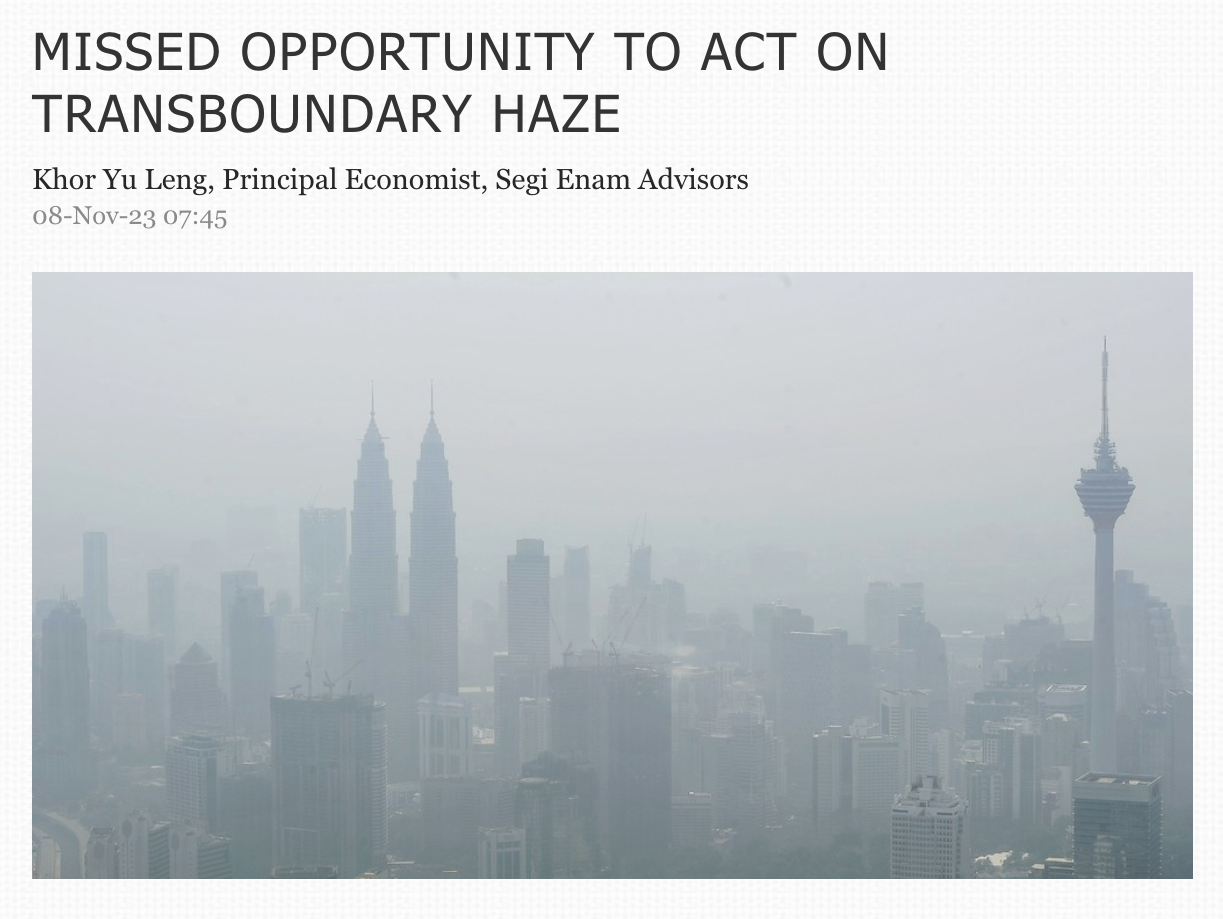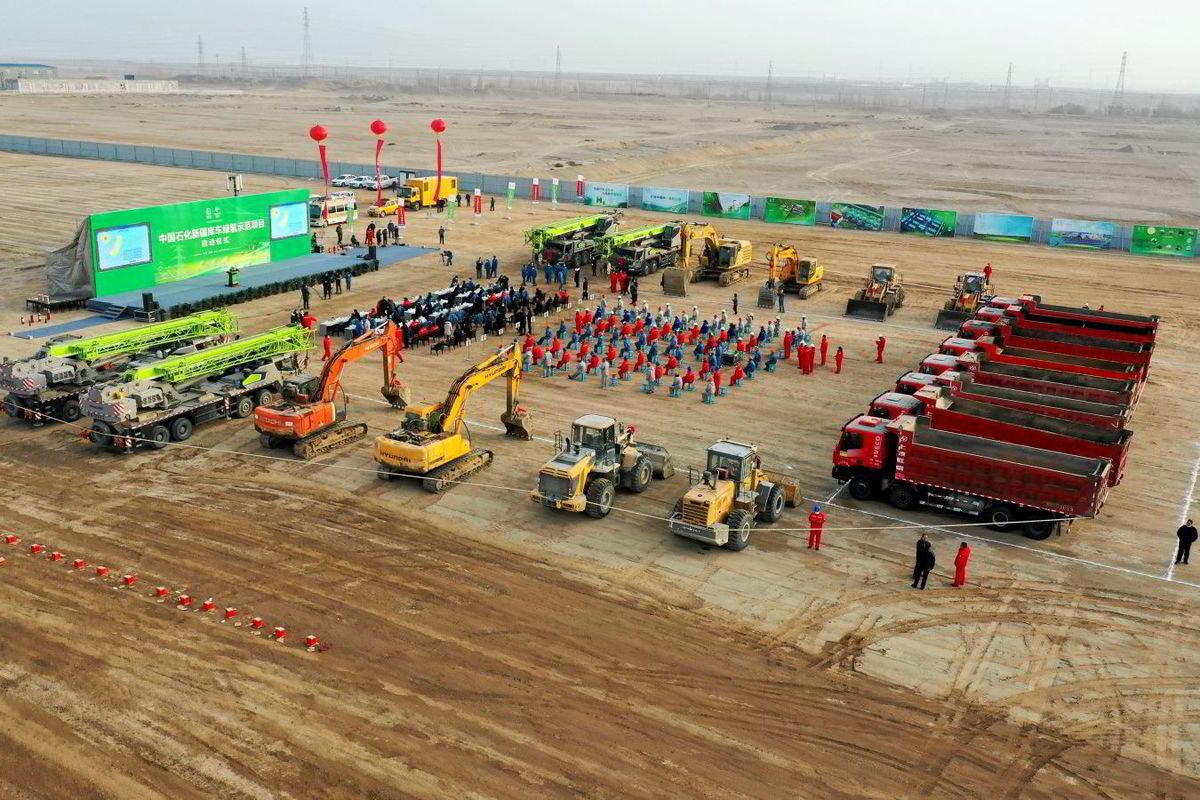In case you missed the previous article, we looked into the driving factors of green hydrogen and why various stakeholders are enthusiastic about its role in expediting a climate neutral economy. However, green hydrogen is not without its shortcomings.
Let’s dive into the drawbacks associated with the production and utilization of green hydrogen (as with the previous article, this is a non-exhaustive list).
What is standing in our way of a green hydrogen future?
1. High production costs and sustainability concerns. Previously, we discussed the decreasing costs of green hydrogen production. However, are they truly competitive and wholly sustainable?
As of 2021, it was reported that green hydrogen cost approximately USD5 per kilogram, whereas grey hydrogen amounted to USD1.50/kg (S&P Global, 2021). This vast difference has deterred many companies and industry players from investing in green hydrogen technology. Many choose to adopt blue hydrogen instead. Before the Russia-Ukraine war, S&P Global reported that blue hydrogen cost between USD1.69/kg and USD2.55/kg.
When considering the production costs of green hydrogen, the capital expenditure (CAPEX) must be taken into account. Substantial investments and subsidies are required for electrolysers and the relevant technologies to improve and maintain their efficiency.
At present, Proton Exchange Membrane (PEM) electrolysers are the most viable option as they are flexible, efficient and tend to have a smaller carbon footprint (IRENA, 2018). These electrolysers can be connected to a grid or an off-grid variable renewable energy (VRE) plant. If it is connected to a grid, the load factor is greater and as a result, the investment costs are spread across larger units of hydrogen. However, despite the lower costs, IRENA observed that hydrogen produced from grid-connected electrolysers (that utilize fossil fuels) will not be completely renewable.
If electrolysers are connected to off-grid, VRE plants, the load factor decreases as it would depend upon the availability of renewable energy sources (ie: sunlight and wind). As a result, investment costs are spread across fewer units of hydrogen. The upside of this is that hydrogen produced will be completely renewable, green hydrogen (IRENA, 2018).
Additionally, the cost of producing renewable energy is still relatively high in comparison to its alternatives, thus driving up the levelized cost of electricity (LCOE)* from VRE plants. As such, the ideal equation for green hydrogen production is a combination of low LCOE and a high capacity factor.
*LCOE is an economic metric used to compare the lifetime costs of generating electricity across various generation technologies (S. Raikar & S. Adamson, 2020).
Spolight: The US Context
In the United States, the Inflation Reduction Act (IRA) introduced a 45V Hydrogen Production Tax Credit, which awards up to USD3 per kg of hydrogen produced to projects with a lifecycle greenhouse gas emissions intensity of less than 0.45kg per kilogram of hydrogen (kg CO2e/kg H2) (CSIS, 2023). The US Treasury Department is currently working out how emissions will be calculated.
A critical factor under review is the extent to which grid power can be used to run electrolysers when renewable energy sources are unavailable (Hydrogen Insight, 2023). Developers argue that the use of grid power will allow around-the-clock operations, yielding lower hydrogen costs. The use of this electricity will be later compensated by sending renewable energy back to the network when there is excess supply. However, Hydrogen Insight has reported that a coalition of scientists, environmental campaigners and energy companies are against this suggestion as it could double net emissions when compared to grey hydrogen.
The coalition is calling for the Treasury Department to introduce hourly matching and additionality, requiring plants to prove that electrolysers have sourced their electricity from a qualified renewables facility. Analysts and developers argue that hourly-matching would significantly increase costs as operations of electrolysers are limited to the availability of renewable energy sources.
They are instead encouraging the Treasury Department to adopt annual-matching as operations of electrolysers would not depend solely on renewable energy sources. In Arizona, electrolyser plants that operate in this manner require grid electricity 19-35% of the time. It was found that these plants do in fact lead to greater emissions from the Arizona grid (Hydrogen Insight, 2023). It appears that a middle ground has to be met between the economies of green hydrogen and a truly sustainable yield from production.
*To learn more about the 45V Hydrogen Production Tax Credit, check out this podcast episode by The Hydrogen Podcast*
2. Water worries. Where’s the water coming from? This is a central, but lesser discussed, issue surrounding the production of green hydrogen. It has been estimated that green hydrogen production will reach 530 Mt/year by 2050 (COAG Energy Council, 2019). This would require approximately 7950 GL of water, taking into account demineralization and water cooling requirements for electrolysis (Woods et. al., 2022). This amount will gradually increase as the green hydrogen economy fully matures.
Although water needs for agricultural and industrial sectors are much greater, the amount of water required for the production of green hydrogen is nevertheless a cause for concern. Water scarcity is already a problem across regions, especially due to extended droughts, decreased rainfall and other related impacts of climate change.
As such, relevant stakeholders must develop new frameworks and strategies to ensure security and sustainability within the energy-water nexus.
At present, there are a few sources of water in the production of green hydrogen - freshwater, seawater, brackish water and wastewater. The utilization of freshwater has the lowest treatment costs but it is not the preferred option as it diverts water away from more important economic sectors (GHD, 2021). Desalination plants for seawater or brackish water are also not a viable solution to the water issue for green hydrogen production. A large-scale desalination plant would require increased investments, but it would still not yield a sufficient quantity of water to produce 530 Mt of green hydrogen by 2050 (it is estimated that only 0.4% of water required can be sourced from desalination plants) (COAG Energy Council, 2019).
Use of desalination plants for green hydrogen production could also interfere with initial objectives of improving overall water resilience in the region. For instance, in Western and Southern Australia, desalination plants are increasingly used as a source for drinking water (Woods et. al., 2022). Additionally, overall costs would increase as treatment measures would be required to mitigate the environmental impacts of desalination (e.g. brine management) (Panagopoulos et. al., 2019). The use of seawater would also increase water extraction up to 5 times, adversely affecting ocean diversity (E. Jones, 2019). Due to these many disadvantages, we can safely conclude that desalination plants are not the optimal solution to water worries surrounding green hydrogen production.
It has been argued that utilizing tertiary effluents from wastewater may be the best alternative source. Producing hydrogen from these recycled effluents would prevent wastage and ensure climate independency. In Australia, 1720 GL of tertiary effluents are returned to the environment each year. Utilizing this water would yield a yearly production of 0.1 Gt of green hydrogen, with none of the additional costs that come with desalination plants (Woods et. al., 2022).
3. Infrastructure Deficiencies. Over the years, as green hydrogen production expands to meet growing demand, the limitations posed by infrastructural deficiencies have become evident. Storage and transportation facilities are the main barriers in the transmission of green hydrogen. Let’s first take a look at the issues surrounding transportation.
Hydrogen is mostly transported through pipelines, much the same as natural gas. Ships are used for longer distances. At present, about 2,600km of hydrogen pipelines are operating in the United States and approximately 2,000km in Europe (IEA, 2022). This is extremely limiting when compared to the 1.2 million km of natural gas pipelines installed worldwide. You’re probably wondering - why not just use the existing natural gas pipelines to transport hydrogen? It is unfortunately not that simple.
Hydrogen’s chemical makeup is different to that of natural gas’. Its density and boiling points are much lower. For instance, hydrogen has a boiling point of -253 degrees Celsius (°C), compared with -162 °C for natural gas (IEA, 2022). Due to these difficulties, hydrogen is usually produced close to industrial areas, where it is most used.
It is possible to reconfigure and repurpose natural gas pipelines to suit hydrogen transportation but this will require significant readaptation and more research into the technical challenges that may arise, especially for offshore pipelines. At present, there is very limited practical experience in repurposing natural gas pipelines for hydrogen transportation. Thus far, only the Netherlands has successfully reconfigured the 12-km Yara-Dow pipeline in the south (ReThink Research, 2022).
However, with more research and advancements, the adaptation of pipelines would be much more expedient and cost-effective than constructing new hydrogen networks (IEA, 2022).
Transportation by ship for longer distances requires hydrogen to be converted to ammonia or liquified hydrogen (X. Li et. al, 2023). While the technologies for liquefaction are readily available, it is an energy intensive process. These plants have an average electricity consumption of approximately 10 kilowatts per kg, which is approximately 30% of the hydrogen energy content (IEA, 2022). This is a significant loss and would result in increased costs. There is also the question of whether these plants will be powered by renewable energy.
Ammonia storage and transportation is readily available, with meticulous safety measures in place. However, the conversion of ammonia back to hydrogen, also known as ammonia cracking, involves energy losses of up to 30% and rarely includes hydrogen purification (IEA, 2022).






















